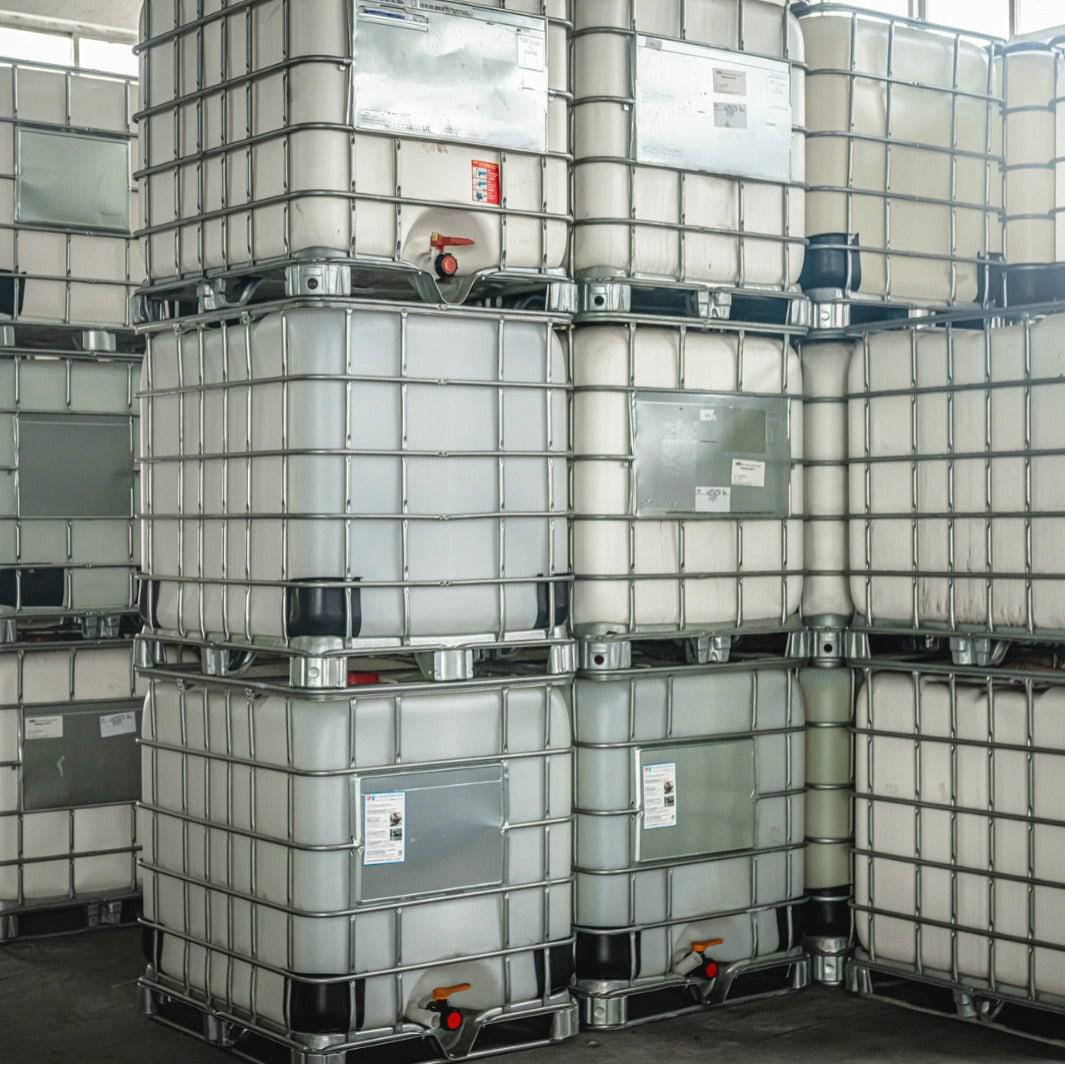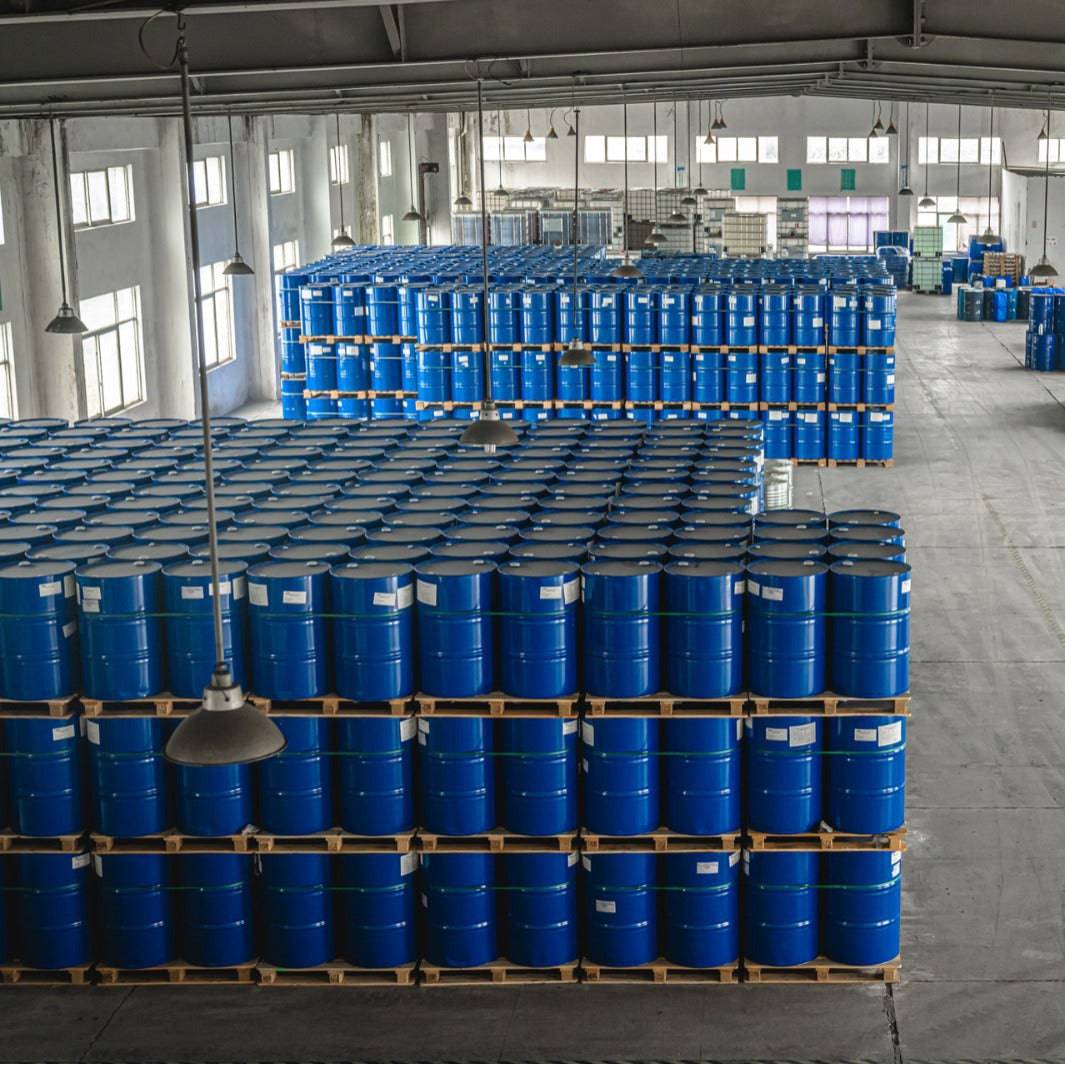The Only Guide to Chemie
The Only Guide to Chemie
Blog Article
Getting My Chemie To Work
Table of ContentsThe smart Trick of Chemie That Nobody is DiscussingFascination About ChemieGetting The Chemie To WorkNot known Incorrect Statements About Chemie Not known Details About Chemie The Ultimate Guide To Chemie
By Bojanna Shantheyanda, Sreya Dutta, Kevin Coscia and David SchiemerDynalene, Inc. Liquid air conditioning, which can be attained utilizing indirect or straight methods, is used in electronic devices applications having thermal power thickness that may surpass secure dissipation with air cooling. Indirect liquid air conditioning is where warm dissipating electronic elements are physically separated from the liquid coolant, whereas in case of straight air conditioning, the elements remain in direct call with the coolant.Nevertheless, in indirect air conditioning applications the electrical conductivity can be crucial if there are leaks and/or spillage of the liquids onto the electronic devices. In the indirect air conditioning applications where water based liquids with rust preventions are typically made use of, the electrical conductivity of the fluid coolant mainly depends upon the ion focus in the liquid stream.
The rise in the ion concentration in a closed loop fluid stream might take place because of ion leaching from metals and nonmetal parts that the coolant fluid is in contact with. During procedure, the electrical conductivity of the fluid may increase to a degree which could be dangerous for the cooling system.
Our Chemie Ideas
(https://www.indiegogo.com/individuals/38353167)They are bead like polymers that are qualified of trading ions with ions in a service that it is in call with. In the here and now work, ion leaching tests were performed with various steels and polymers in both ultrapure deionized (DI) water, i.e. water which is treated to the highest degree of pureness, and low electric conductive ethylene glycol/water blend, with the gauged change in conductivity reported in time.
The examples were enabled to equilibrate at room temperature for 2 days prior to taping the first electric conductivity. In all tests reported in this research liquid electrical conductivity was measured to an accuracy of 1% utilizing an Oakton CON 510/CON 6 series meter which was adjusted before each measurement.
What Does Chemie Mean?
from the wall home heating coils to the center of the heating system. The PTFE sample containers were put in the heating system when steady state temperatures were reached. The examination setup was gotten rid of from the heating system every 168 hours (7 days), cooled to area temperature with the electric conductivity of the liquid determined.
The electrical conductivity of the liquid example was checked for an overall of 5000 hours (208 days). Schematic of the indirect shut loophole cooling experiment set-up. Parts utilized in the indirect shut loophole cooling down experiment that are in contact with the liquid coolant.

The 7-Minute Rule for Chemie
Throughout operation the liquid storage tank temperature level was maintained at 34C. The change in liquid electrical conductivity was kept track of for 136 hours. The fluid from the system was accumulated like it and kept. Similarly, closed loophole examination with ion exchange material was performed with the exact same cleaning treatments employed. The initial electric conductivity of the 230ml UP-H2O in the system measured 1.84 S/cm.

0.1 g of Dowex resin was contributed to 100g of liquid samples that was taken in a separate container. The mix was mixed and alter in the electrical conductivity at area temperature was determined every hour. The measured modification in the electrical conductivity of the UP-H2O and EG-LC examination liquids containing polymer or metal when involved for 5,000 hours at 80C is revealed Figure 3.
The smart Trick of Chemie That Nobody is Discussing
Figure 3. Ion leaching experiment: Measured modification in electric conductivity of water and EG-LC coolants including either polymer or metal examples when immersed for 5,000 hours at 80C. The results indicate that metals added fewer ions into the liquids than plastics in both UP-H2O and EG-LC based coolants. This can be as a result of a slim metal oxide layer which might work as an obstacle to ion leaching and cationic diffusion.
Liquids consisting of polypropylene and HDPE displayed the least expensive electric conductivity modifications. This could be due to the short, stiff, linear chains which are less likely to contribute ions than longer branched chains with weaker intermolecular forces. Silicone additionally performed well in both examination fluids, as polysiloxanes are generally chemically inert as a result of the high bond energy of the silicon-oxygen bond which would certainly stop deterioration of the product right into the fluid.
Some Known Details About Chemie
It would certainly be expected that PVC would certainly generate similar results to those of PTFE and HDPE based upon the similar chemical frameworks of the products, nevertheless there might be various other pollutants existing in the PVC, such as plasticizers, that might affect the electrical conductivity of the liquid - immersion cooling liquid. Furthermore, chloride teams in PVC can likewise seep into the test liquid and can trigger an increase in electric conductivity
Buna-N rubber and polyurethane showed indicators of destruction and thermal decay which suggests that their feasible energy as a gasket or sticky material at greater temperature levels could lead to application concerns. Polyurethane totally broke down into the test fluid by the end of 5000 hour test. Figure 4. Before and after pictures of steel and polymer examples submersed for 5,000 hours at 80C in the ion seeping experiment.
Measured change in the electrical conductivity of UP-H2O coolant as a function of time with and without material cartridge in the shut indirect cooling loop experiment. The gauged change in electrical conductivity of the UP-H2O for 136 hours with and without ion exchange material in the loophole is shown in Figure 5.
Report this page